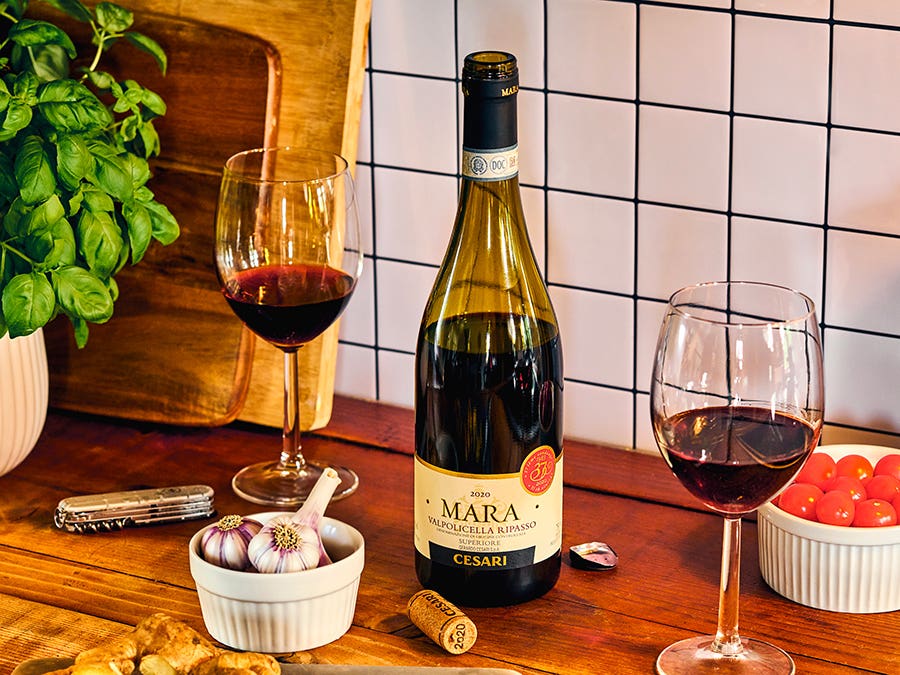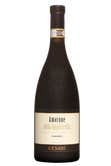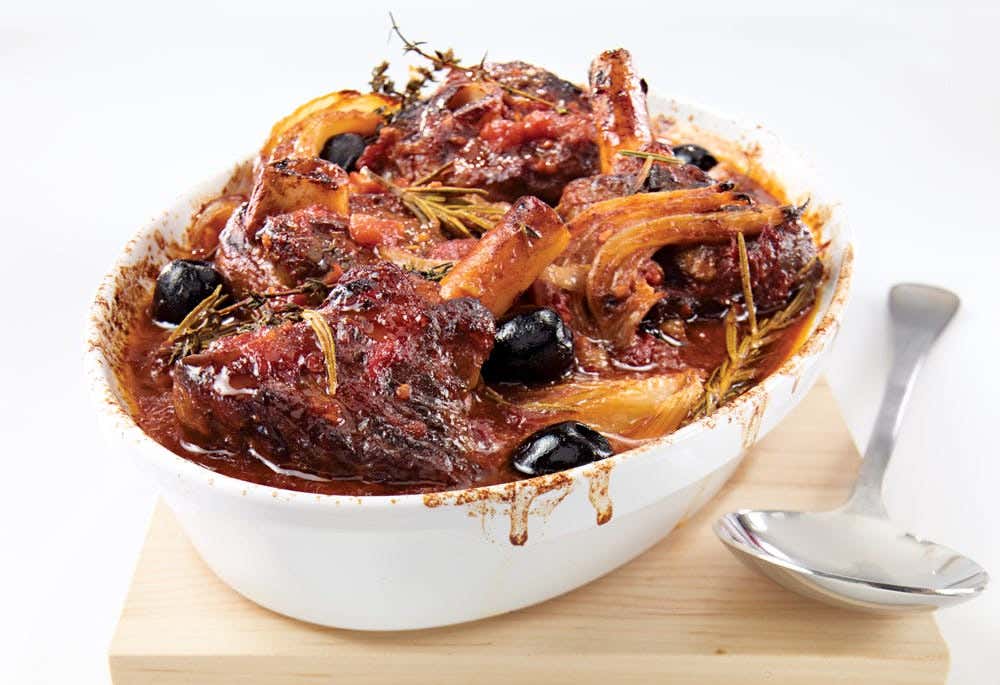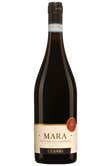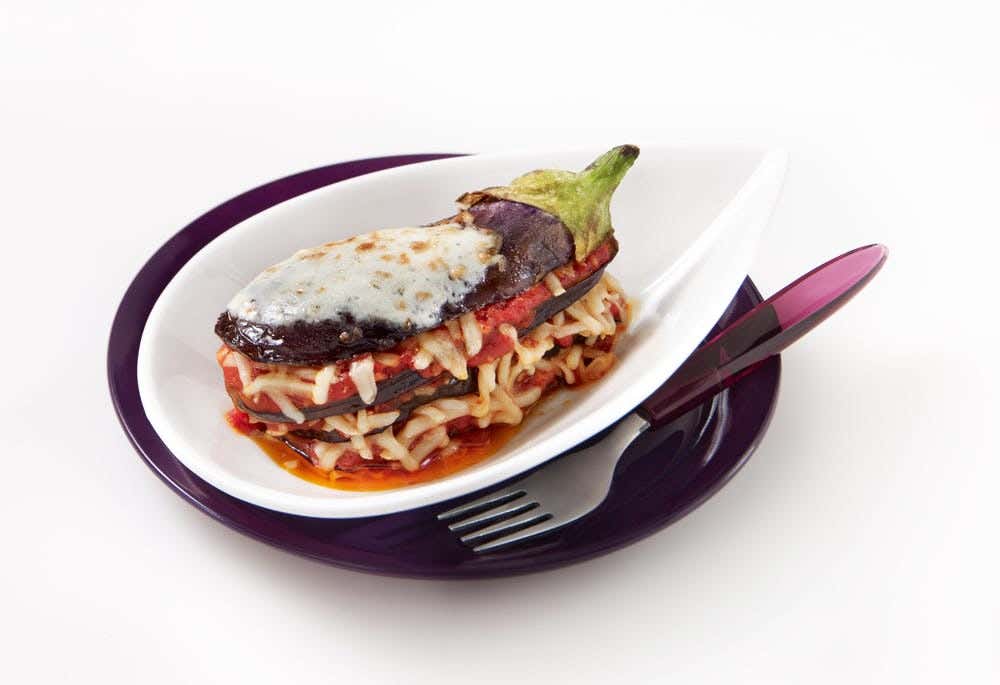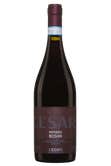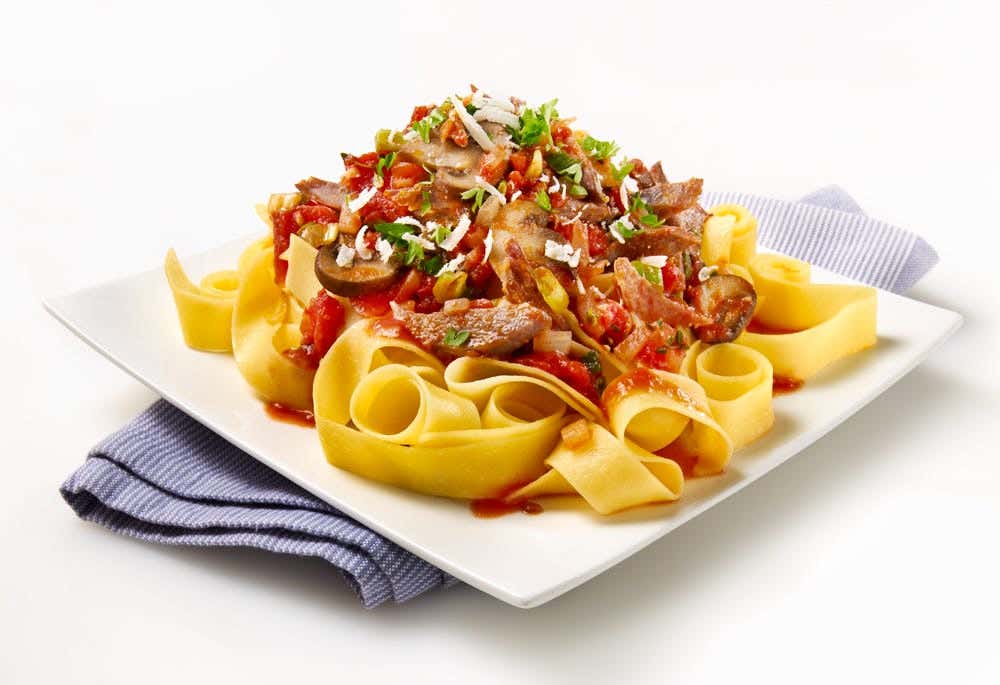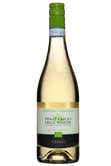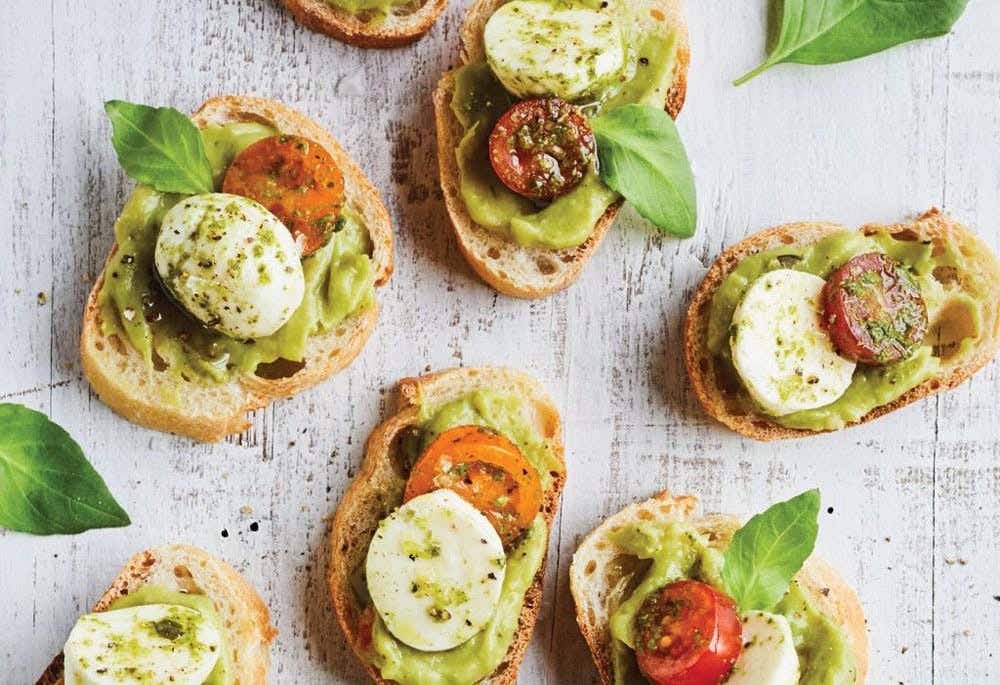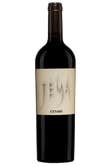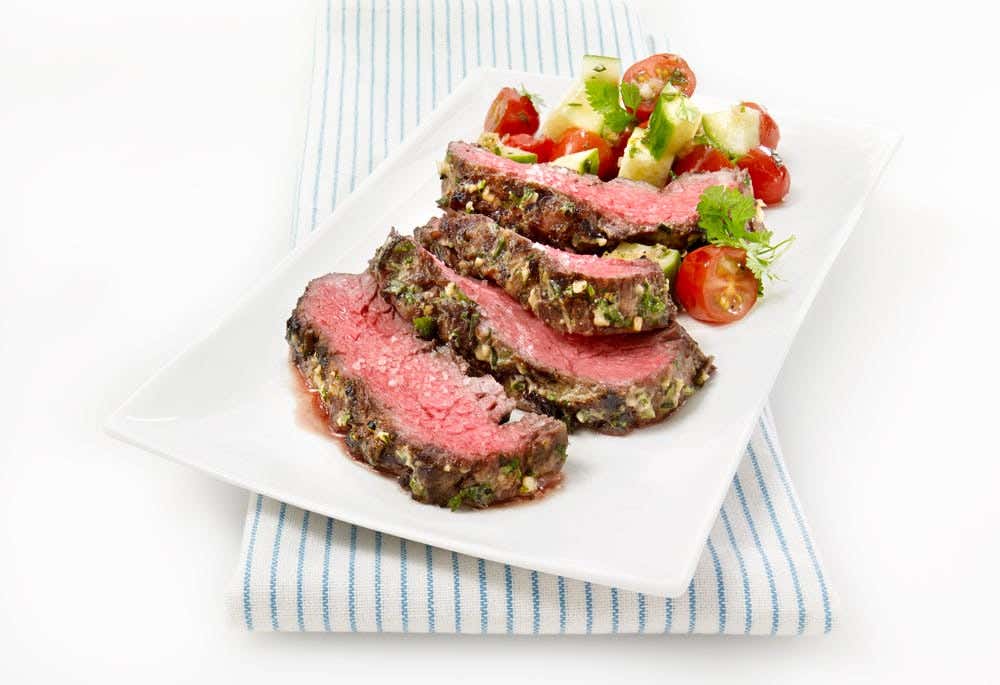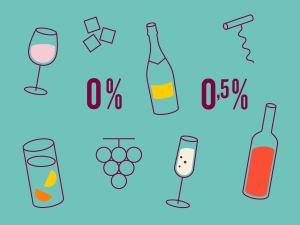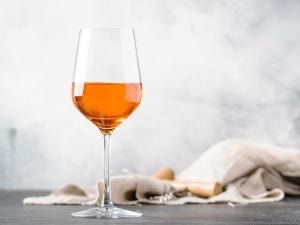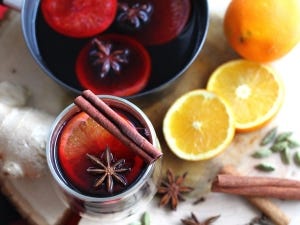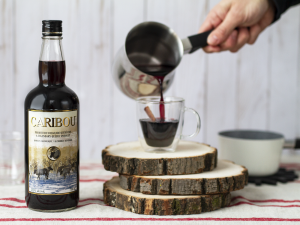When it comes to gastronomy, there are so many things that we can envy the Italians! Do Parma ham, Neapolitan pizza and white truffle from Alba come to mind? When the time comes to orchestrate a meal to share with family or friends, Italy’s simple, fresh and gourmet cuisine is sure to please. Same goes for its wines, naturally made for the pleasures of the table. Recognized for its Prosecco, its Pinot Grigio and its “Valpo”, Veneto seduces as much for its tourist attractions as for its wines.
The most prolific wine-growing region in the country, did you know that one in six bottles of Italian wine comes from Veneto?
The Valpolicella appellation: Long live Corvina!
Although the Venetian lagoon is a tourist dream, it is rather north of romantic Verona that wine lovers will head, because that’s where you’ll find the most popular red wines. Dominated by the Corvina grape variety, the region of Valpolicella, the “valley of several cellars”, is known for its bucolic hilly landscape, ensuring the grapes a better exposure to light. Also, the proximity of Lake Garda tempers the climate with its impressive and majestic water mass.
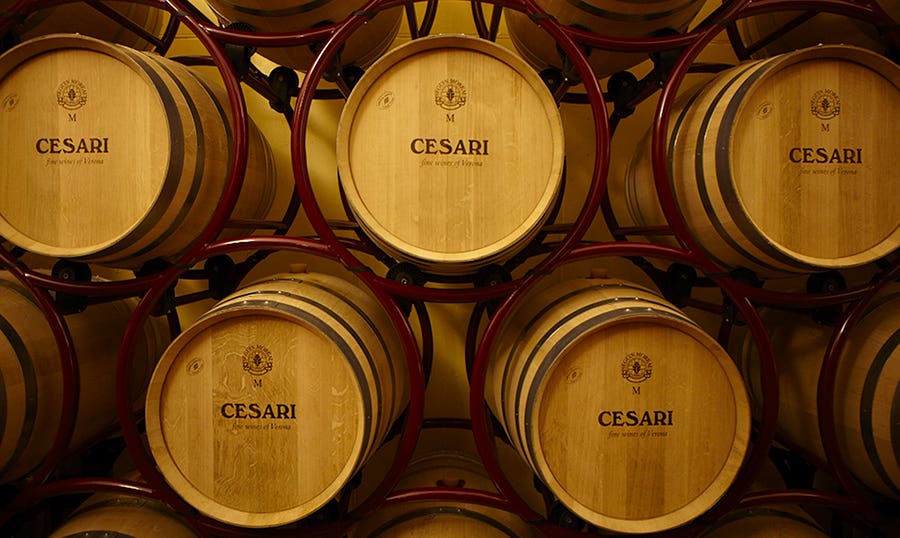
A pioneer to point out
Well established in the qualitative “classico” part, the Gerardo Cesari estate is a pioneer in the representation of the greatest wine of the region: Amarone della Valpolicella. It is in fact to the son of Gerardo, Franco, that we owe the international discovery of this famous Venetian wine which, at the turn of the 1970s, was still only a local specialty rarely crossing borders.
Understanding the appassimento, an ancestral technique
One of the key steps of the cult wine production is the Italian word for passerillage, sometimes known in English as “raisining”. No matter the language, the technique consists of letting the grapes dry to concentrate their sugars and tannins and to heighten their aromas. Thus, after being harvested, the grapes are placed on trellises, in a ventilated place in order to undergo natural drying for a determined period. Some of the water in the grapes evaporates – around 30 to 45%. Time does its work… and the wine will testify to it!
To discover its essence, the Cesari Amarone della Valpolicella Classico cuvée is ideal. Aged in barrels of different sizes, the wine offers a modern approach with a roasted wood, a nice fullness and a lingering finish. Why not make it shine alongside a lamb osso buco?
In "Ripasso" mode: To give body and complexity to the "valpo"
The estate signs another specialty of the region, the Ripasso, a process that means going back over. It consists of taking a regular Valpolicella through marc (solid residue) of Amarone. The process aims to improve the quality of the wine by giving it more colour, concentration, extraction and flavours.
Named in honour of the Cesari matriarch, the Mara Valpolicella Ripasso Superiore cuvée involves a blend of grape varieties similar to Amarone. However, it reveals a more flexible and accessible version, focusing on the varietal expression of the grape varieties involved. Perfect for tomato dishes like eggplant parmigiana!
You enjoy a woodier wine? Set your sights on this other version of Ripasso, this time having benefited from aging in barrels: the Cesari Bosan Ripasso Valpolicella Superiore wine is ample and generous with its flavours of sandalwood, cocoa, black cherry and cooked fruit. To be enjoyed with pappardelle with duck confit.
More products to discover
Having more than one string to its bow, the success of the Gerardo Cesari house doesn’t stop at the classics of the region. A very popular white grape variety in Veneto, a Pinot Grigio cuvée is therefore becoming a must. Our suggestion: start the aperitif with the Cesari Pinot Grigio Delle Venezie. Fresh, delicate and with aromas of citrus fruits and orchard fruits, it will be perfect simply on its own, or to accompany bocconcini and guacamole bites.
Finally, with the desire to highlight a particularly qualitative plot of Corvina, the development of the cuvée Gerardo Cesari Jèma, (derived from gemma or "gem") was written in the stars. The grapes will benefit from a drying of about twenty days before vinification, to then be refined for 18 months in oak barrels. Full-bodied, ample and aromatic, its enchanting scents will beautifully highlight a Mediterranean marinated beef flank steak.
Now that you are fully inspired, time to organize your next Italian dinner party!
In collaboration with Montalvin inc.
-
Inspiration
(810)
- Profiles (201)
- Interviews (85)
- Share (325)
- Trends (67)
- Tasting and service (51)
- Production methods (21)
- Conservation (5)
- Wine cultivation (27)
- Pairings and Taste Tags (26)
- The SAQ is here (53)
-
About us
(73)
- Press releases (60)
- Career (5)
- Clarifications (8)
- Sustainable development (21)
 Access to SAQ Inspire personalized services and store inventories are unavailable at the moment.
Access to SAQ Inspire personalized services and store inventories are unavailable at the moment. Free in-store delivery with purchases of $75+ in an estimated 3 to 5 business days.
Free in-store delivery with purchases of $75+ in an estimated 3 to 5 business days. 
